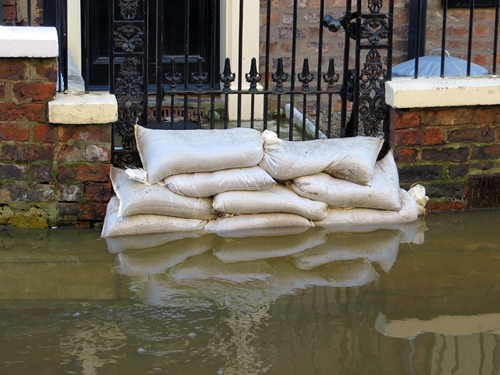
A recent report by the National Oceanic and Atmospheric Administration (NOAA) has some troubling news for coastal areas. Since the 1960s, sea levels have risen on all three U.S. coast lines, resulting in a significant uptick in the occurrence of "nuisance flooding."
The agency's report defined nuisance flooding as that which "which causes such public inconveniences as frequent road closures, overwhelmed storm drains and compromised infrastructure." The frequency of these events has increased between 300 and 925 percent during the past four decades, and of the ten U.S. cities that have seen a significant uptick, eight are located on the East Coast.
"As relative sea level increases, it no longer takes a strong storm or a hurricane to cause flooding," William Sweet, Ph.D., oceanographer at NOAA, said in an agency press release. "Flooding now occurs with high tides in many locations due to climate-related sea level rise, land subsidence and the loss of natural barriers. The effect of rising sea levels along most of the continental U.S. coastline are only going to become more noticeable and much more severe in the coming decades, probably more so than any other climate-change related factor."
Nuisance floods may not be as severe as other forms of extreme weather, but they can still pose a danger to data centers. This is particularly true for small and medium sized business data centers, explains Pergravis Managing Director Steven Ritzi.
"Small and medium sized business (SMB) data centers are often placed in less than ideal building space due to budget constraints," he said. "All too often we see basement level space housing an SMB data center. Any space below grade can be subject to nuisance flooding from a variety of sources. In addition, a plumbing failure on the floors above can also pose a significant threat to data center operations."
Water from any source poses an extreme threat to computer equipment, and could quickly interrupt the power to a data center if allowed to flood a facility. This would cause both short- and long-term damage, and data center design considerations should be taken to avoid the issue.

